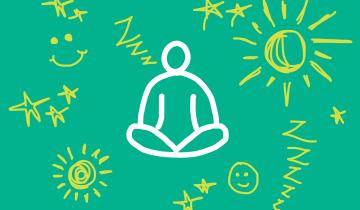This study tested the safety and effectiveness of a neuroscience-based, multi-component intervention designed to improve motor skills and sensory processing of the more-affected arm and hand in infants with CP where one side is more impacted than the other (asymmetric CP).
Dr. Tom Novacheck, of Gillette Children's, describes the characteristics of the 4 types of unilateral, otherwise known as hemiplegic gait, and how the use of clinical instrumented gait analysis can help with treatment decision making.
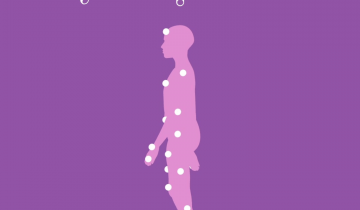
Dr. Tom Novacheck, Gillette Children's, describes what to look for in each of the 4 different gait patterns seen for those with bilateral cerebral palsy and considerations for each type.
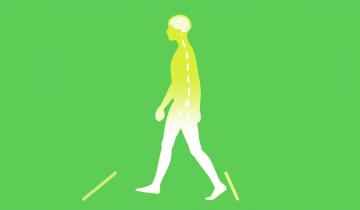
Understanding different gait patterns is important because it can determine what interventions will potentially be the most effective.
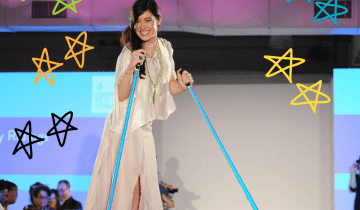
This webinar is with Ketrina Hazell, Ms. Wheelchair 2018, a young woman with cerebral palsy and Debbie Fink, Vice President of Education and Inclusion at the Cerebral Palsy Foundation, overseeing its flagship “Just Say Hi” program. This webinar is about Ketrina's lived experience in the school system and community and what worked or didn't work as she was growing up.
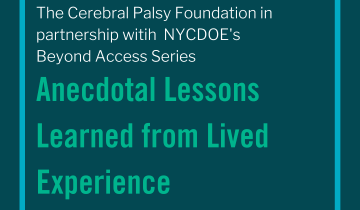
This webinar with Rachel Byrne, Ashley Harris Whaley and Debbie Fink, focusses on the shifting attitudes towards disabled individuals and authentic representation in media, social media and more.
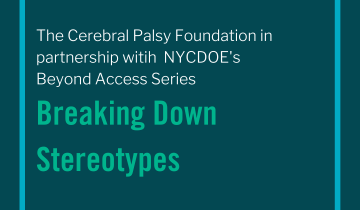
This webinar with Rachel Byrne, Executive Director of CPF, Ashley Harris Whaley, Director of Communities and Engagement at CPF and individual with with CP, and Debbie Fink, Vice President of Education and Inclusion at the Cerebral Palsy Foundation, overseeing its flagship “Just Say Hi” program, focusses on concepts and definitions addressing disability and how language has evolved.
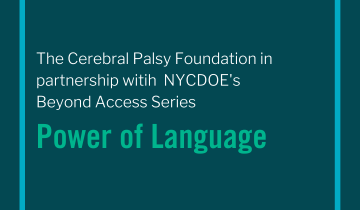
This webinar, with Ashley Harris Whaley, Director of Communities and Engagement, Rachel Byrne, Executive Director of CPF, and Debbie Fink, Vice President of Education and Inclusion at the Cerebral Palsy Foundation, overseeing its flagship “Just Say Hi” program, focusses on the terms "ableism" and "allyship" and ways to facilitate making connections in the schools and communities.
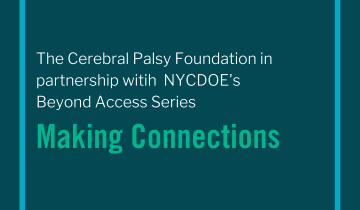
This webinar with Rachel Byrne, Executive Director of Cerebral Palsy Foundation, Ashley Harris Whaley, Director of Communities and Engagement, and Debbie Fink, Vice President of Education and Inclusion at the Cerebral Palsy Foundation, overseeing its flagship “Just Say Hi” program.This video series is a partnership with the New York City Department of Education and the Cerebral Palsy Foundation "Just Say Hi" Disability Education Curriculum. This series is meant to educate and empower parents of students with diverse needs.
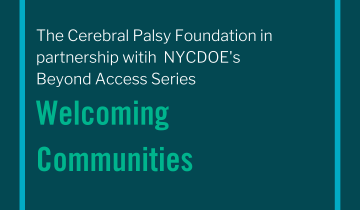
This webinar with Jennifer Lyman, Content Manager for CP Resource and parent of a teen son with with CP, and Debbie Fink, Vice President of Education and Inclusion at the Cerebral Palsy Foundation, overseeing its flagship “Just Say Hi” program. This webinar aims to help parents adapt and support academic success and participation at school and in the community.

This webinar with Ashley Harris Whaley, Director of Communities and Engagement, Rachel Byrne, Executive Director of CPF, and Debbie Fink, Vice President of Education and Inclusion at the Cerebral Palsy Foundation, overseeing its flagship “Just Say Hi” program. It It aims to provide an overview of disability history and laws.

This webinar with Jacqueline Wentworth, Pediatric Occupational Therapist and individual with with CP, and Debbie Fink, Vice President of Education and Inclusion at the Cerebral Palsy Foundation, overseeing its flagship “Just Say Hi” program. This webinar aims to help parents adapt and support academic success at home.
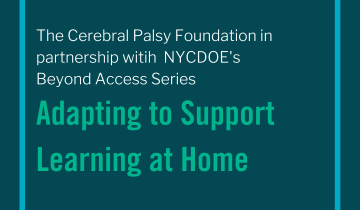
The GMFCS can be a helpful tool in clinical and research use and has been shown to be stable and accurate over time. It can also help individuals and families better understand cerebral palsy.
A person’s gait is dependent on the interaction between the nervous, musculoskeletal, and cardiorespiratory systems and has many influences.
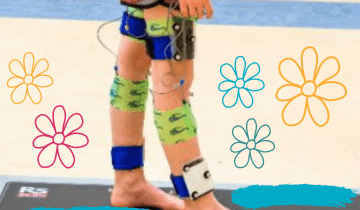
Learn about Ava's journey with gait analysis and surgery at Gillette Children's.
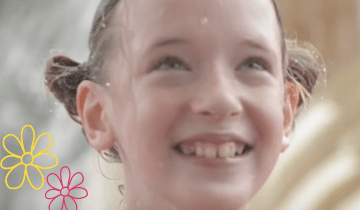
As we all know, becoming a teenager means significant upheaval, not only physically, but in terms of friendships, in terms of learning, and life outlook. This is also true for adolescents with cerebral palsy and other developmental disabilities. We know that whilst we may of spent a lot of time focusing on their physical abilities and other difficulties it is not the only part of their life.

Around the age of six all children are going off to school. Children move from explorative play, which is fairly informal to a much more formal day. That can be a lengthy day and it's quite structured. There are a lot of challenges faced by children with cerebral palsy throughout the school year.

Neuroplasticity is the ability that the brain has to form new connections between different cells or between different areas of the brain.
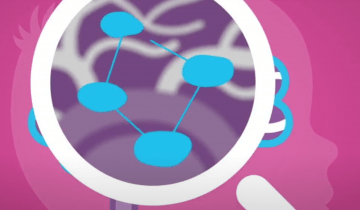
As a parent, when it comes to different types of interventions for infants with cerebral palsy, how do you know what you have, what you don't, and what you could get?
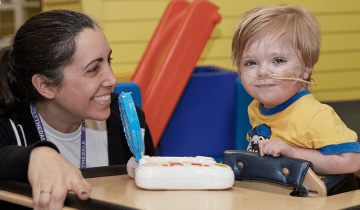
Exploration for an infant means discovering anything about that environment. If that infant needs an opportunity to be brought to them, that's okay. Let an infant explore through their senses, whether it's touch, or smell, or taste, or sight, or hearing.
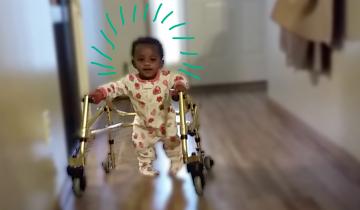
When treating a child with CP, part of a pediatrician’s job is assessing and treating children with abnormal tone difficulties, as well as other muscular-skeletal problems. From around the age of two years, kids start to develop difficulties with muscle tone that can have an impact on their hip development.

My name is Nathalie Maitre, I work at Nationwide Children's Hospital. I'm a physician and a researcher
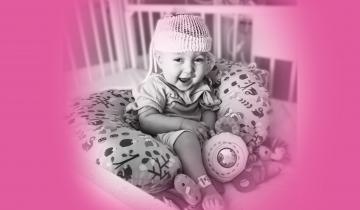
Diagnosing cerebral palsy (CP) at an early age is important for the long-term outcome of children and their families.
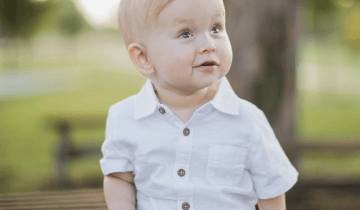
Early diagnosis of cerebral palsy (CP) is critical in obtaining evidence-based interventions when plasticity is greatest.
As a physician and researcher, I skeptically looked forward to learning more about mindfulness practice, because there is evidence it helps with stress management, self-regulation, focus, productivity and happiness. As a mom, I felt that weird mix of guilt that I was going to focus on “not-my-children” for a whole day, excited anticipation and anxiety that maybe I would be a complete failure at this. It turns out all the mental baggage I took into the workshop was the exact opposite of what mindfulness tries to achieve. The daily practice has since changed my life.
